Ironically, the Milwaukee Road came up with the first design for a 4-6-4 (which it dubbed the “Baltic”), but they didn’t have the cash to make it a reality. That honor went to the Central, whose J-class power has been visually linked to the wheel arrangement ever since.
I’m glad to say that taking this Weaver model out of the package was a pleasant surprise. It looks nothing like a New York Central Hudson! Or put another way, while it has a wheel arrangement and a road name with which we’re familiar, the locomotive is a new, refreshing face.
The Milwaukee Road had three classes of 4-6-4s. The F6 and the similar F6a, as well as the F7 streamlined version, which was larger and differed mechanically from both F6 classes.
The railroad designed its 4-6-4 in 1925, but financial problems prevented delivery of the first batch of F6s until 1929-30, and the second batch of F6as until 1931. They were operated mainly between Chicago and Minneapolis, although a few operated as far west as the start of the electrified lines.
The locomotives were reliable, and they delivered a level of speed and on-time performance that has been tough to duplicate in the 21st century. The combined Milwaukee Road fleet had about a 20-year run, not being withdrawn until the 1950s.
What’s in the box
Looking at the face of the locomotive, two things stand out. The first is that it has a streamlined pilot. The second is that the bell is mounted slightly off center (prototypically accurate), which gives the model a bit of a jaunty look. Between the two detail points, there is still quite a bit to catch the eye.
Starting at the top, you’ll find marker lights and handrails. The bolts that seal the front of the smokebox door are very clean and sharp, as are the hinges.
The headlight features three renditions of the cab number (“144”), and even the inside of the headlight housing stands out.
Huh? The headlight housing?
Yup. There is a silver reflective ring around the inside that casts a reflection from just background room light.
You can note this in the review image above. The photo studio’s lights are reflected by both the pane in the lamp housing and the silver reflector inside it. Cool.
You’ll find another grab iron at the bottom of the smokebox, as well as an angled deck next to the air pump. Two short platforms are just in front of the pump. Below those is an uncoupler arm, and you’ll find two grab irons on top of the pilot.
The model includes a rather tidy, non-streamlined pilot that you can swap out if you don’t like the streamlined version that comes installed.
The texture of the boiler is impressive, as it should be for a brass locomotive. There are plenty of seams, rivets, and latches. Boiler bands are all distinct, and there are plenty of water/steam/electrical conduit lines running hither and yon around the shell.
You’ll spot access steps below the running board on both sides of the locomotive, as well as steps in different spots on both sides of the boiler. Near the fireman’s side of the cab, a ladder arcs up to the turbine.
The whistle is quite interesting. A rigid wire runs through a housing right behind the whistle, then along the boiler (through the sand dome) and to the cab. I was able to find prototype shots that show the line penetrating the dome. And speaking of the sand dome, you’ll find grab irons on both sides of it.
The cab is a classic. The roof vent opens, and, just below the roof line, grab irons are placed for O scale maintenance personnel. The foremost side windows have plastic panes.
The cab interior looks spacious indeed. The backhead detail (complete with appropriate accent paint) is among the best I’ve seen, and the two crew figures are painted differently, rather than simply plopping two of the same figures in place. The rear entry to the cab has grab irons and a nice, rigid cab curtain (replicating a secured-in-place curtain).
The tender is a very nice rig. The forward part has steps and grab irons. The lines mirror the prototype and have a raised coal bunker with gently curved sides, sloping up and down again. The coal load is the add-on “chunk” type.
The sides of the tender and the deck behind the coal bunker are smooth. The deck at the front of the tender (where the fireman might be found) has finely applied safety tread texture.
The rear of the tender features steps, grab irons, a ladder, a simulated uncoupler arm, and a backup light.
The water hatch conceals controls for speed control, sound, and programming. The smoke unit control is beneath the engineer’s side of the cab.
One oddity here is the coil coupler. It does not extend beyond the frame of the tender. This might be prototypical, but photos and diagrams I found of the F6 showed the coupler extending beyond the frame.
When we pivoted the rear truck, it seemed to have a fairly limited range. We were concerned that it might limit the 4-6-4 enough to much wider diameter track (Weaver Models states O-42 for the locomotive and tender). However, we put the tender only on O-36 FasTrack and pushed it along, and it rolled through the curve just fine.
The engineer’s side of the tender’s frame has conduit running along the length of the bottom, so handle the tender with care, lest you bend the lines.
The six-wheel trucks were well executed, and each mounts a power pickup roller approximately 4½ inches apart from the other.
A tether connects the electronics to the locomotive, while the locomotive has the drawbar.
Painting and decoration of the model were top notch. The black paint was flawlessly applied and the white accent stripes on the sides of the locomotive and tender were precise. The pilot and drive wheels are neatly trimmed in white as well.
The tender has the logo for the Chicago, Milwaukee, St. Paul & Pacific, but it also has, in smaller typeface, C.T.H. & S.E. for Chicago Terre Haute & South Eastern, a line that the Milwaukee Road took over to reach coalfields in southern Indiana.
One wonders what corporate shenanigans were behind the road branding the locomotive with the name of a line they first leased (1921), then bought (1948), and which was in part responsible for the Milwaukee’s 1925 bankruptcy. Nevertheless, the application of the lettering was precise.
On the test track
It took a bit of effort to wrestle the tether into place. I’d suggest a soft, flat surface (for placing the locomotive on its side) in a well-illuminated area, or just have a flashlight handy when mating the tether with the locomotive.
The 4-6-4 took a little time, and several lubes of the drive axles, to break in. This paid off, as the scale low-speed average dropped from more than 30 scale mph to 21.8 mph. I’ll bet that this will drop even more as additional running time (and maybe another lube) is accumulated.
The high-speed average was 75.3 scale miles per hour. Drawbar pull was 1 pound, 14 ounces.
The rear coupler was mentioned as being short. It actually does not extend beyond the frame of the tender. We thought that this might present a problem, with the short shaft hindering the movement of the tender and coupled car through curves, but it didn’t.
We had no problems operating this steamer with a variety of passenger cars on O-54 track. These models included postwar Lionel 2400-series cars, traditional-sized modern-era Lionel heavyweights, both streamlined and heavyweight coaches by Williams, and aluminum passenger cars by Weaver.
The Milwaukee Road 4-6-4 by Weaver Models looks terrific, sounds darned good, and is a pleasure to run. If you add it to your roster, it will be a distinctive 4-6-4 that just may put a J-class Hudson to shame.
Price: $1,095
Features: O-42 operation, brass construction, can-style motor, Lionel RailSounds and TrainMaster systems, Train America Studios’ fan-driven smoke unit and Engineer-On-Board speed control, coil coupler
Staff comments: This gorgeous steam locomotive and tender from Weaver are certain to prove popular among today’s operators. Their appeal should extend well beyond the Midwest and Pacific Northwest, where the Milwaukee Road once ran. – Roger





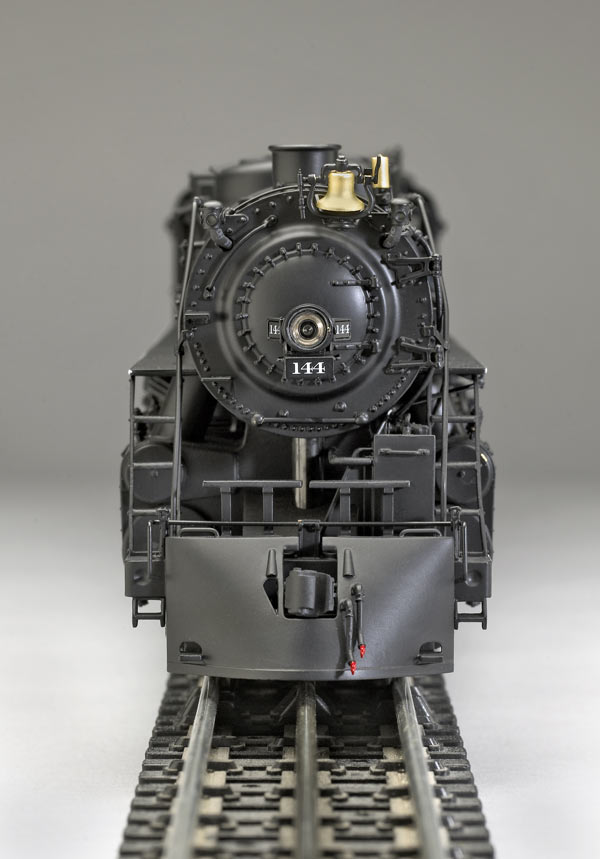
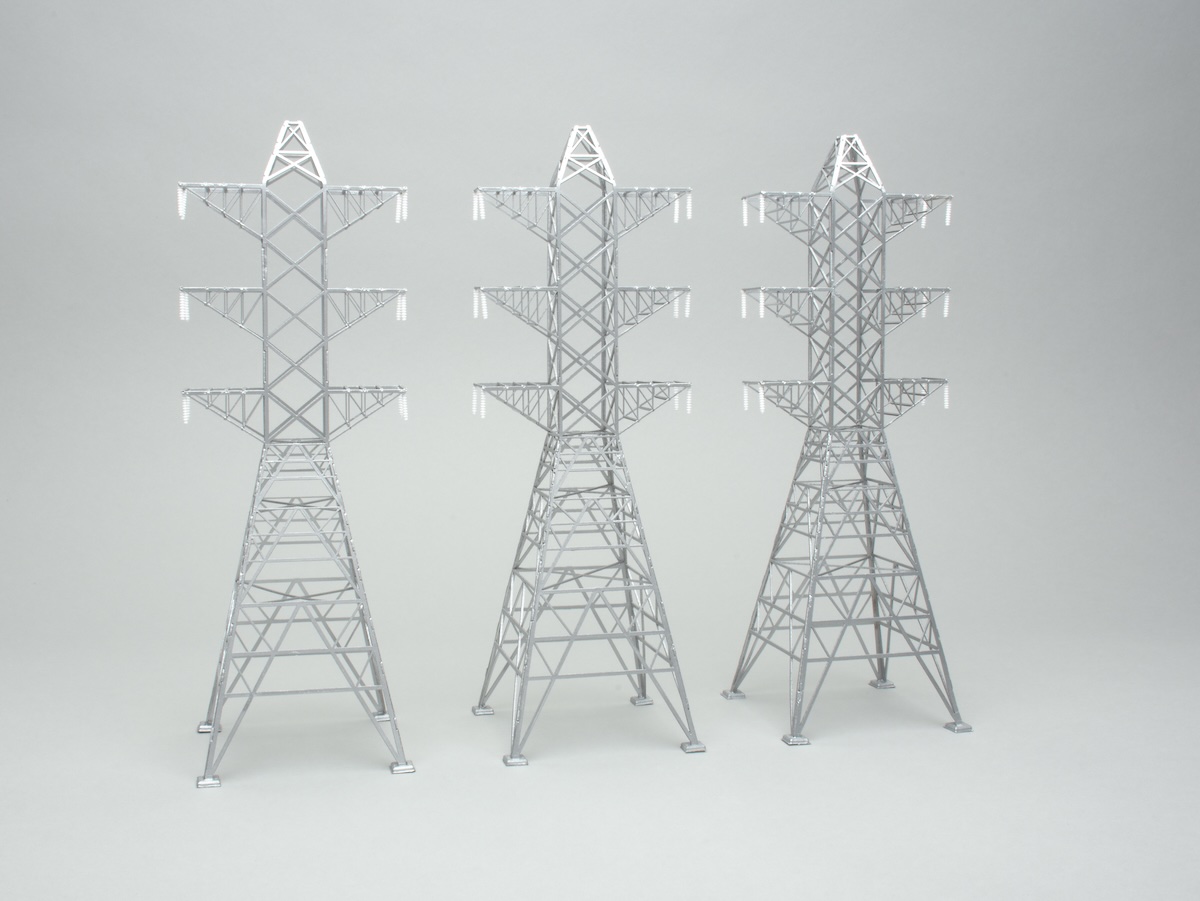
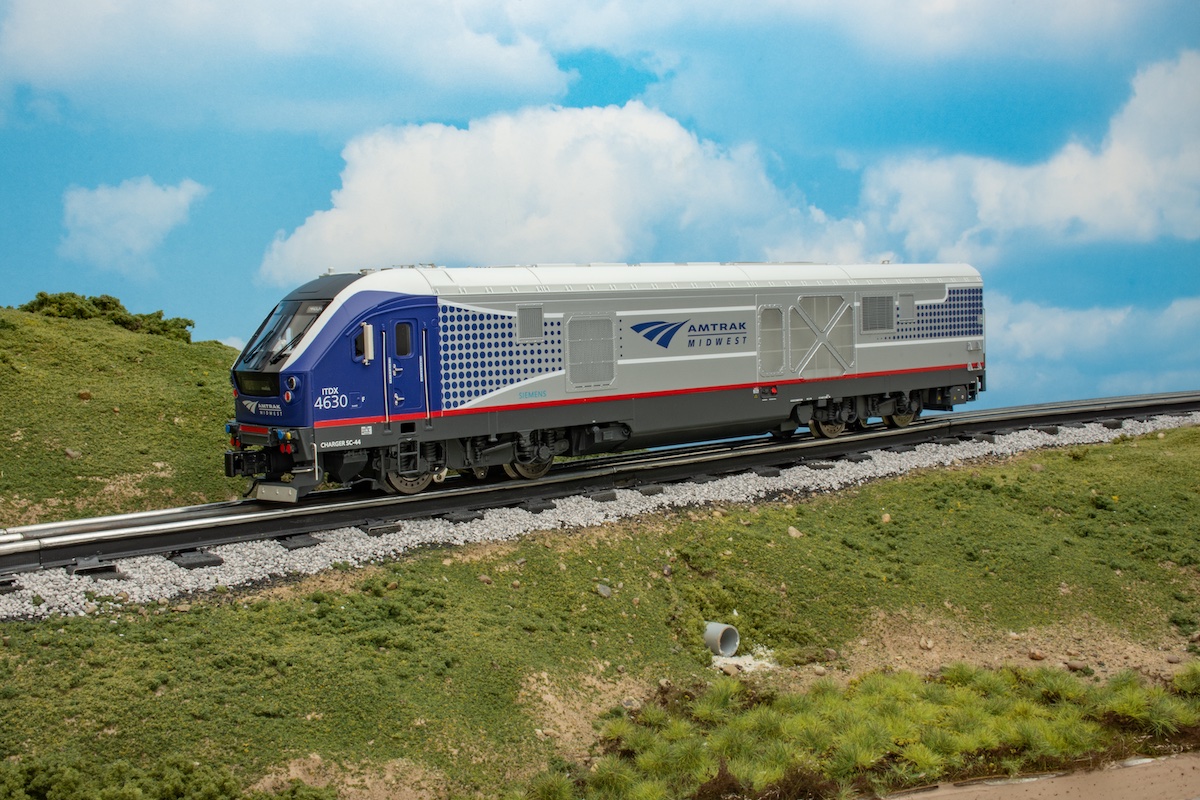
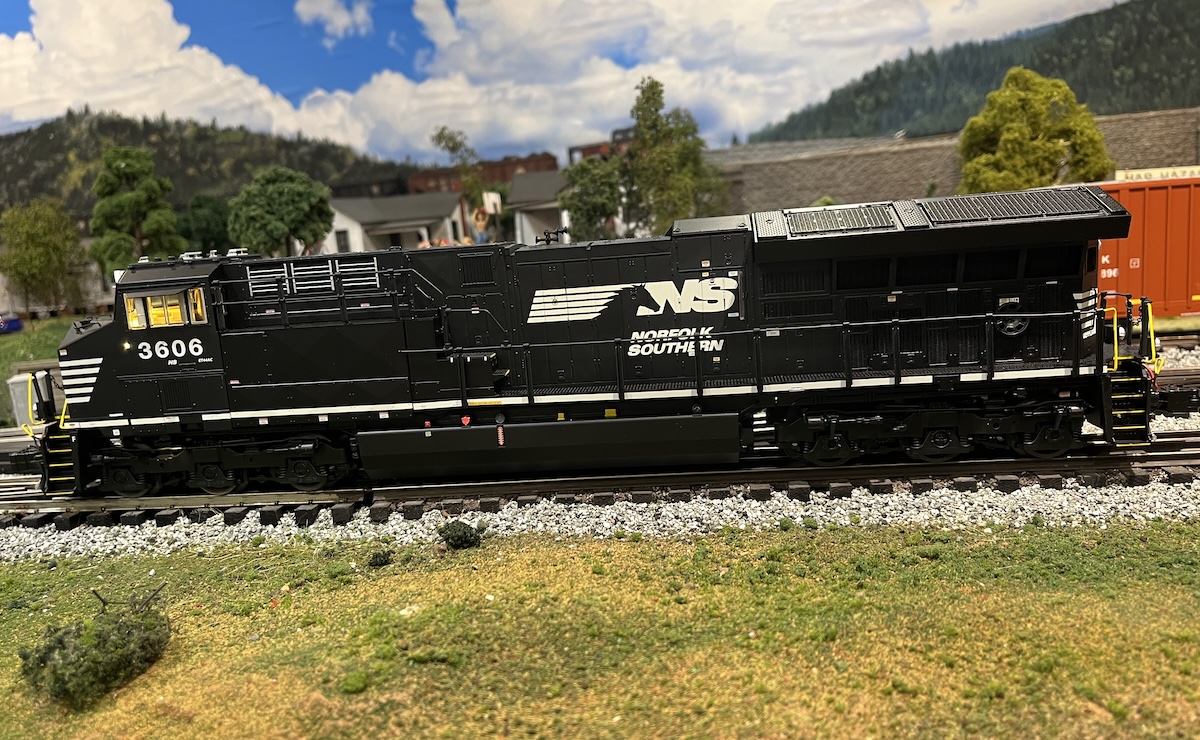
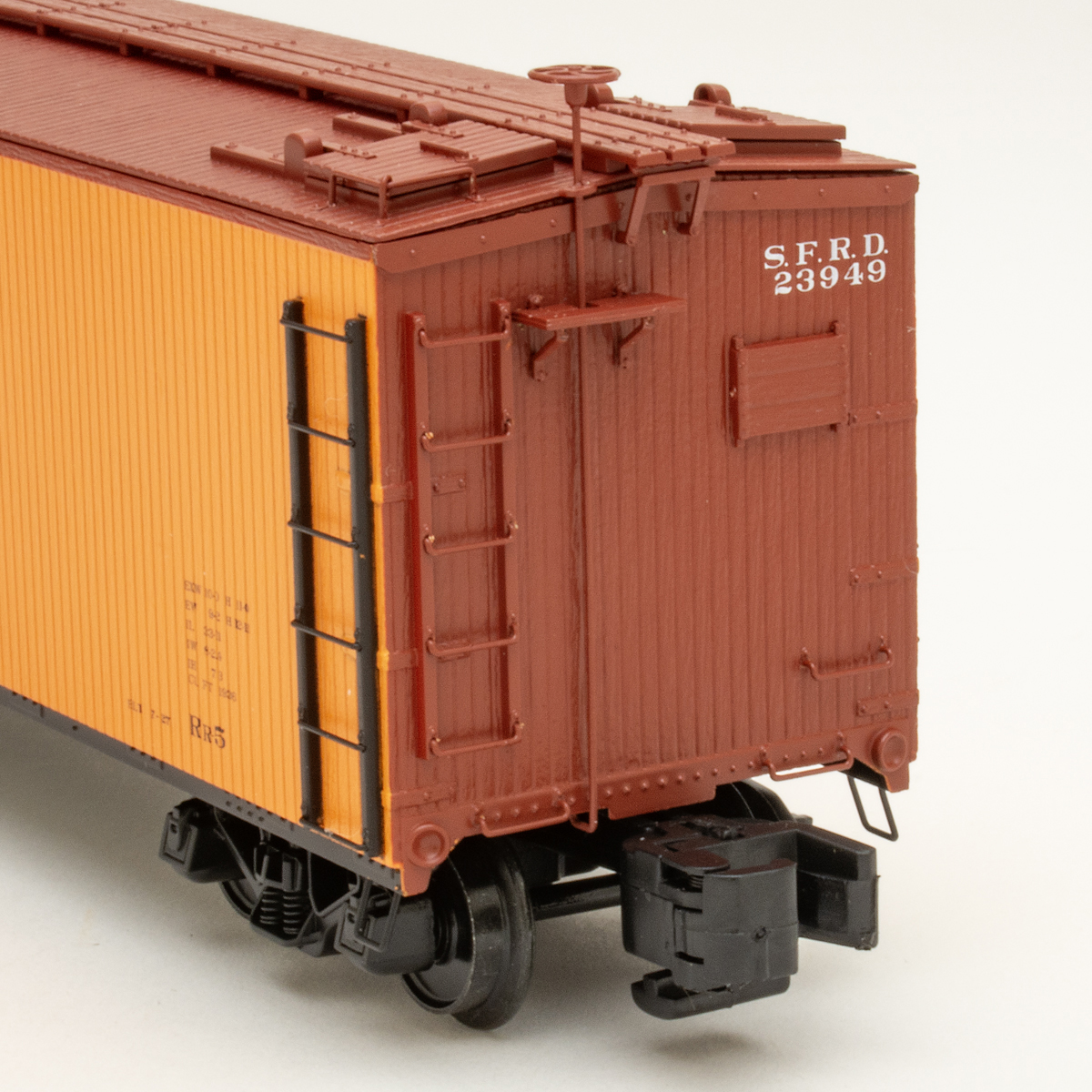
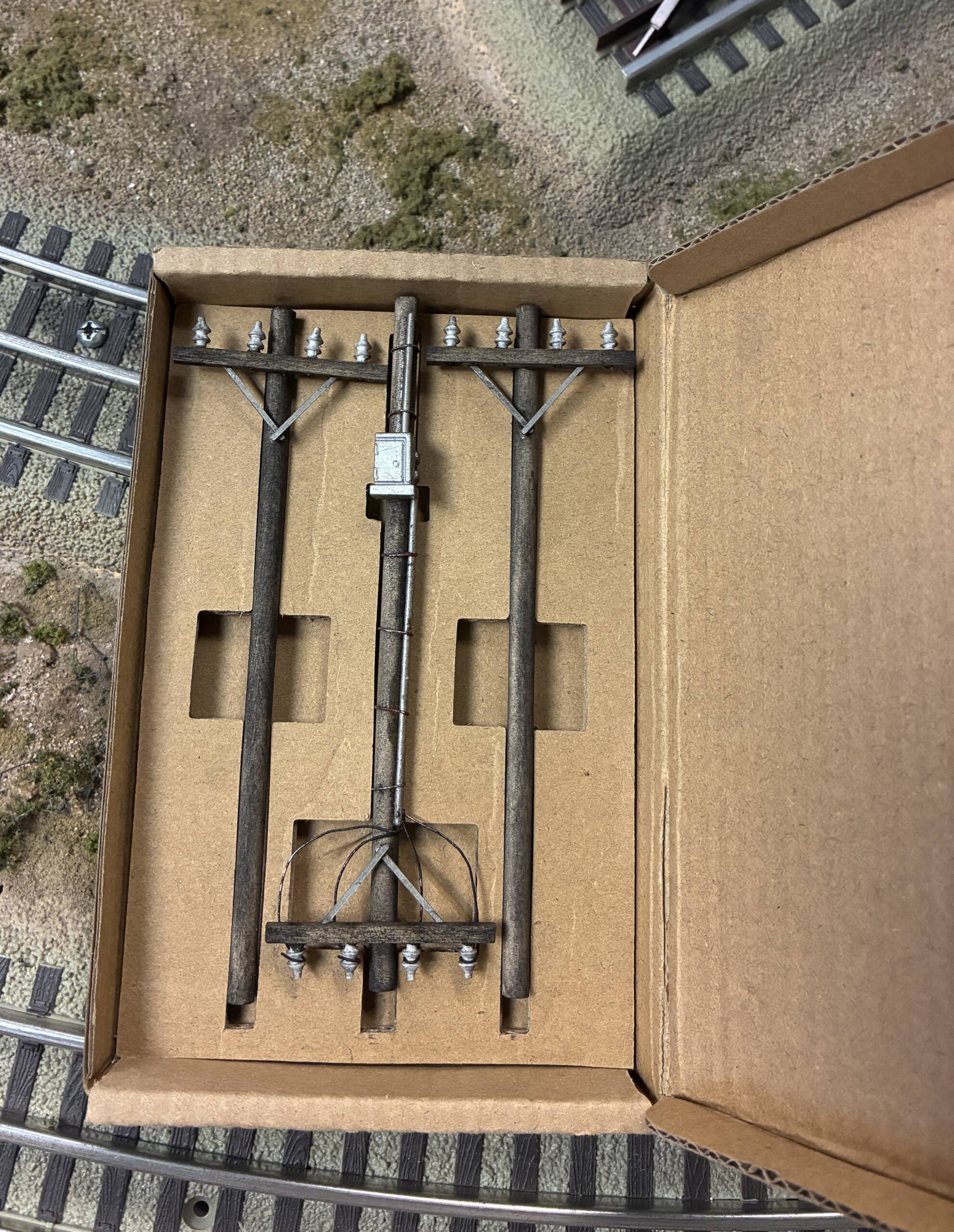





I like to see a model, pick it up if I can and get the feel of it. Especially to have it perform in front of me. I am happy being an Aussie and living in Western Australia, but the only problem is that very little "O" gauge is available (even if I go over to the east coast). Most Railroaders are into "N' and "HO" so this is what you see in the shops. Thanks to CTT I can get a reliable honest assessment out of the various reports written by the CTT "true believers" . I am also thankful for the help and friendly attention of Bob Levine (MB Klein) in quickly despatching equipment to me from the US. Consequently I do not feel alone.
I would have to agree with David Roxin, 21.8 smph is way to fast for a train with eob. I run a lionel Wabash Mogul with eob and it runs very slow just in conventional mode.
Do the people a CTT moniter this site and answer our questions. I would like to get this engine but if its slow speed is really 21 mph then it is a true toy train designed to fly off the track on curves.
21.8 smph is very fast for an engine with eob. did you test it in the command mode or with eob off. most of the time eob engines run around 2 to 3 scale mph.
Hi David,
The purpose of review comments is for comments, not to create a second forum for Q&As.
For the speed tests, I test and measure all locomotives in conventional mode. The reason is that not all locomotives we receive have command control packages, and I want all of the locomotives we review to have a common baseline for comparison. Command-mode (using the Legacy system) was better for this model. Indeed, virtually any command-equipped model especially with a speed control system will have better numbers.